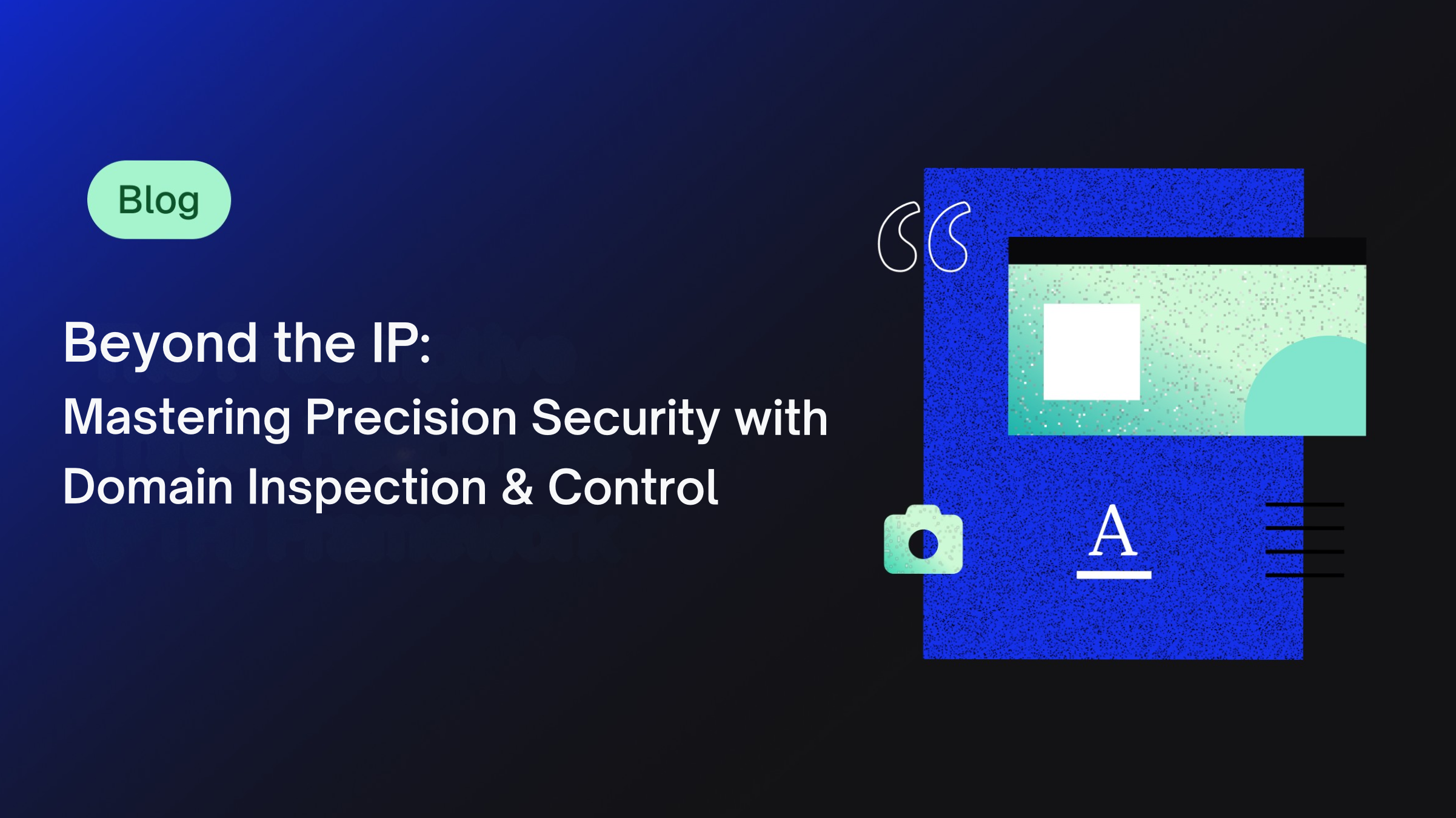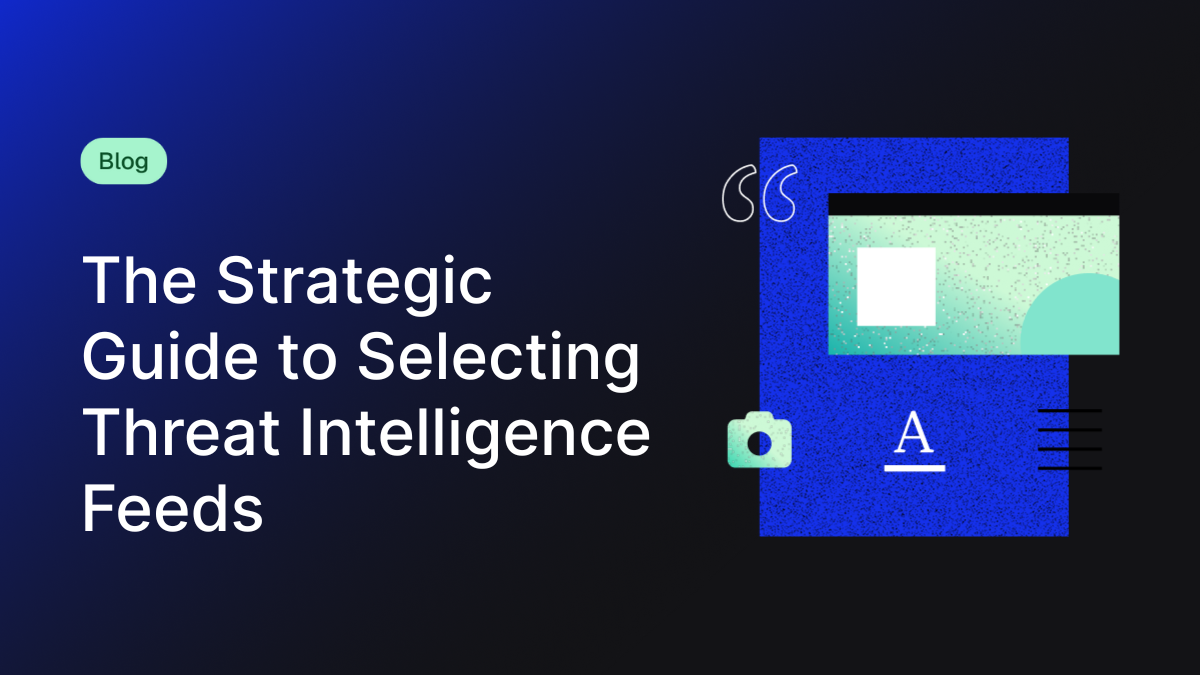Blog – July 08, 2025
Rethinking Security: Why Preemptive Action Matters More Than Ever
Cybersecurity has long been dominated by reactive tools, systems designed to alert after something bad happens. But in today’s landscape of rapid, automated attacks, that approach is no longer enough. Organizations need to move from reacting to responding with intent, before damage is done.
From Volume to Value: A Shift in Security Thinking
Many security teams are overwhelmed by noisy alerts, complex logs, and an ever-expanding attack surface. Legacy tools often rely on detecting signatures or anomalies after they’ve entered the environment. This not only increases dwell time but also drains already overworked security operations centers.
Instead, we must focus on shrinking the problem space, reducing the number of unknowns, so analysts can work more efficiently and threats have less room to hide.
What Is Preemptive Security?
Preemptive security is about reducing the attacker’s opportunity window before exploitation occurs. It’s a data-driven approach that uses known threat patterns, policy enforcement, and smart automation to eliminate risk upstream. Rather than investigating every alert, security teams can act with confidence on validated indicators and focus efforts on the unknown or truly sophisticated adversaries.
This doesn’t mean abandoning existing tools, it means enhancing them with smarter inputs, clearer metrics, and more refined action.
Acting With Purpose
Preemptive security isn’t just about blocking the bad, it’s about enabling the good. That includes defining what trusted activity looks like, allowing legitimate business traffic, and reducing unnecessary friction for users. Think of it as moving from blanket protection to purposeful policy enforcement that’s informed by real-world data.
Key pillars of this approach include:
- Real-time intervention: stopping known malicious actions before they unfold
- Data enrichment and intelligence sharing: using inputs from all tools to refine future action
- Smarter metrics: measuring success not by alert volume, but by outcomes (reduced disruptions, fewer user impacts, and more focused investigations)
The Value of a Reduced Problem Space
When you remove known bad activity early, everything downstream becomes clearer. Detection tools work better. Analysts waste less time on false positives. You can tune protections more aggressively without overwhelming your team or disrupting operations.
This creates a security flywheel: fewer unknowns lead to faster response, which leads to better insights, which further refines your controls.
What Success Looks Like
It’s not about zero alerts, it’s about the right alerts. Preemptive security helps you:
- Cut through alert noise
- Strengthen trust boundaries across cloud, Wi-Fi, and hybrid networks
- Detect lateral movement and insider threats earlier
- Automate repeatable defenses while focusing human effort on complex risks
Final Thoughts
Security must evolve from static detection to dynamic, purpose-driven protection. By reducing the space where threats can operate and feeding intelligence back into your environment, you enable a stronger, more sustainable defense.
Preemptive security is about acting before threats escalate, not after they’ve already disrupted your business.

